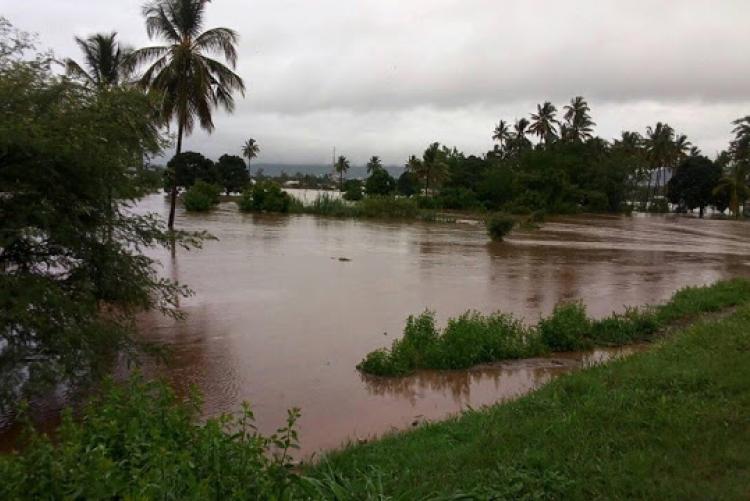Floods are the leading cause of hydrometeorological disasters in East Africa. Regardless of where, when, and how the event has happened, floods affect social security as well as environmental damages. Understanding floods dynamics, their impacts, and management is thus critical, especially in climate risk assessment.

Floods of January 2018 in Morogoro, Tanzania. (Image Credit:mwanawaliganga.blogspot.com)
In the following study which was conducted by Mr. Offoro Neema Kimambo from the Department of Geography and Environmental Studies, Solomon Mahlangu College of Science and Education of Sokoine University of Agriculture, Morogoro, Tanzania together with colleagues from the University of Venda, Thohoyandou, South Africa; a flash flood (a case of an episodic hydrological event) which happened on January 11, 2018, in Morogoro, Tanzania, is examined and synthesized.
Data were courtesy of the National Oceanic and Atmospheric Administration Global Forecasting System (NOAA GFS) (forecast data), Tanzania Meteorological Agency (TMA), and Sokoine University of Agriculture (for the automatic weather data). With the help of ZyGRIB-grib file visualization software (version 8.01, under General Public License (GNU GPL v3)), the forecast data and patterns of the observation from the automatic weather station (temperatures, wind speed and directions, rainfall, humidity, and pressure) and the long-term rainfall data analysis in the study area made it possible.
This study contributes to the knowledge of understanding the changing weather for planning and management purposes. Both forecasts and the observations captured the flash flood event. The rain was in the category of heavy rainfall (more than 50 mm per day) as per the regional guidelines.
The synergy between the forecasts and the 30-minute weather observation interval captured the fundamental weather patterns that describe the event. For studying the nature and impacts of flash floods in the region, the integration of automatic weather observation into the systems of national meteorological centers is inevitable. Additionally, as part of an integrated disaster risk reduction effort, there is a need for a review on catchment management strategies.
Read full article here: Understanding the Effects of Changing Weather: A Case of Flash Flood in Morogoro on January 11, 2018 (Source: Hindawi Open Access journals)




